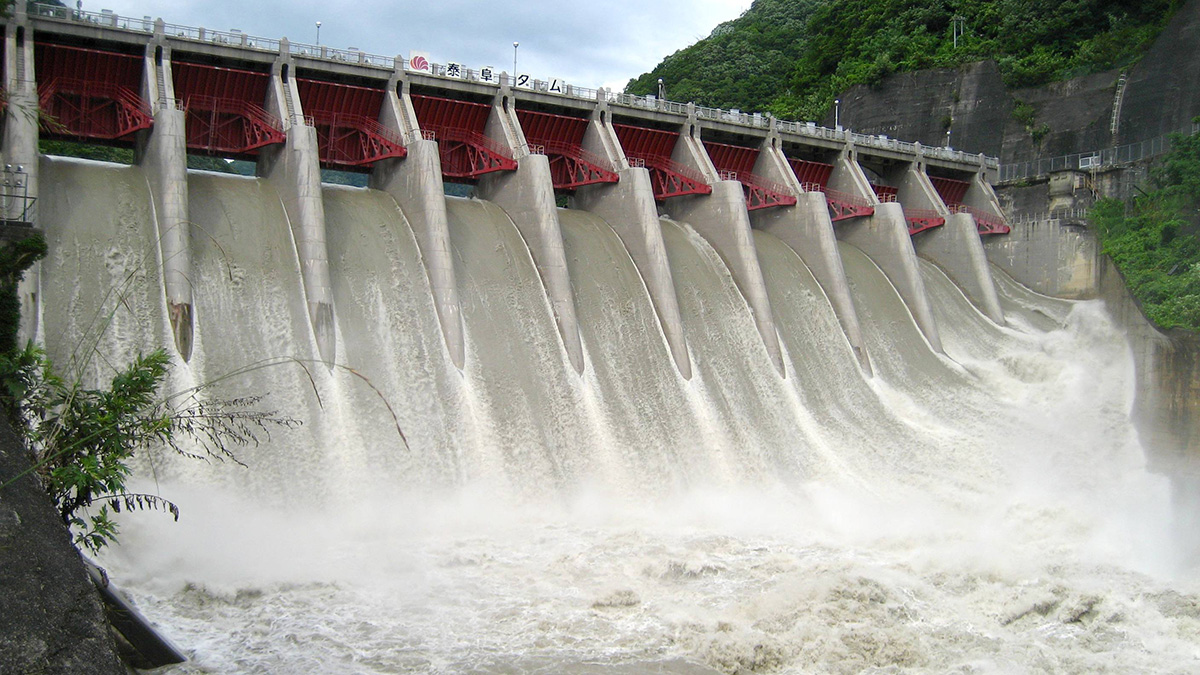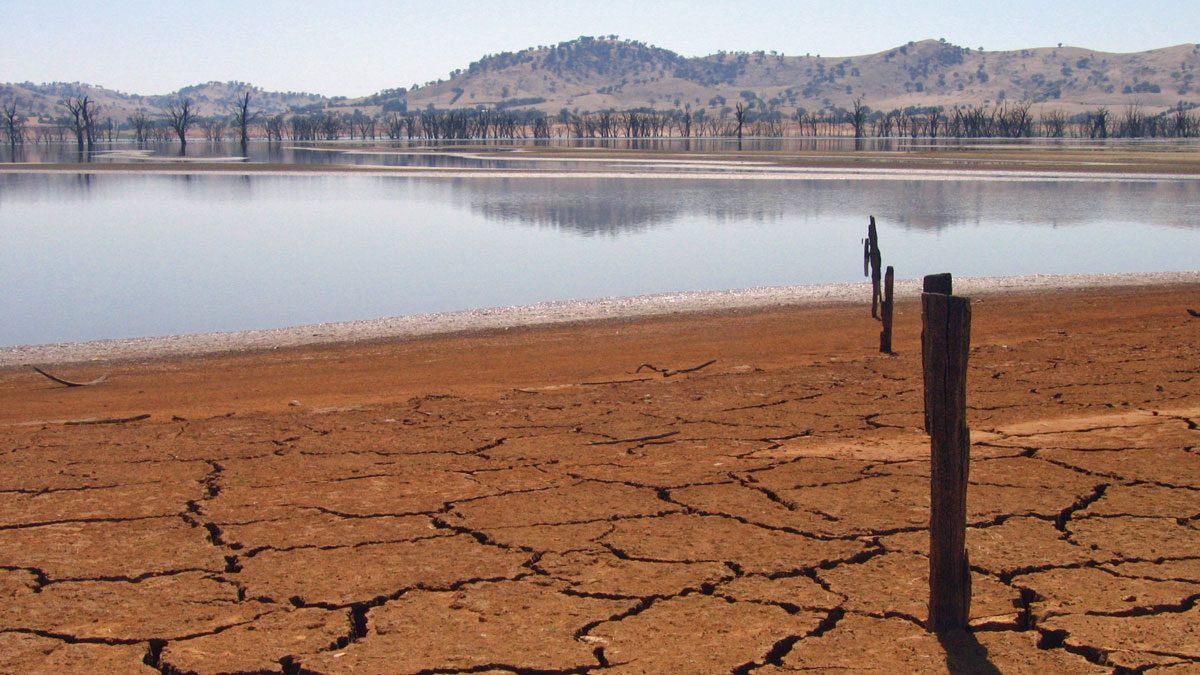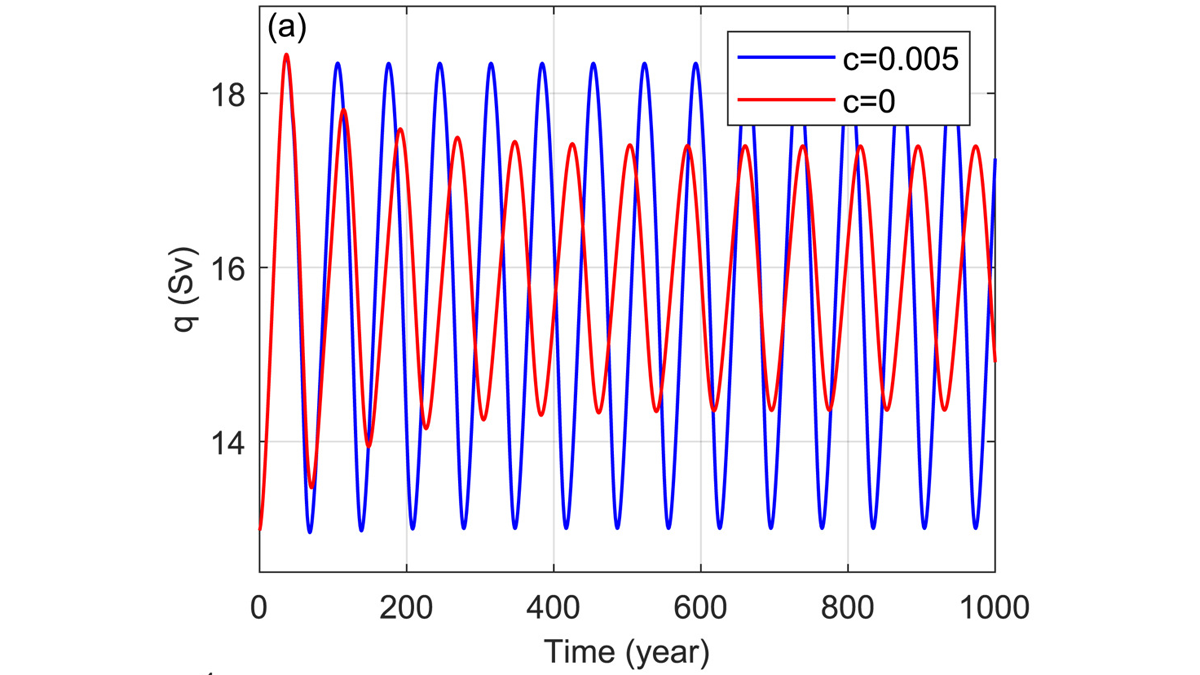研究人员模拟研究了人类社会的八个关键方面对水文循环的影响。
freshwater
Measuring the Ins and Outflows of Estuaries
Scientists modeled monitoring schemes in three different estuaries to determine instrument layouts that could effectively and efficiently measure exchanges of salt water and freshwater.
Este no es el ciclo del agua que conociste en tu infancia
El USGS (servicio geológico de los EE.UU.) acaba de sacar un diagrama del ciclo del agua completamente renovado, con los humanos como protagonistas.
High-Frequency Monitoring Reveals Riverine Nitrogen Removal
Years of daily readings provide an unprecedented view into how a submerged aquatic meadow kept nitrogen from reaching the St. Lawrence Estuary as well as insights on how climate change may alter it.
Not Your Childhood Water Cycle
The USGS just debuted a complete remaking of the water cycle diagram—with humans as headliners.
How We’re Reshaping Global Water Storage
Researchers modeled and mapped how eight key aspects of human societies affect hydrological cycles.
Protecting the Mountain Water Towers of Spain’s Sierra Nevada
Students and community members monitor the health of mountain water reserves, which capture and release water, evening out wet and dry periods downstream.
Surprise Hydrological Shifts Imperil Water Resources
Mounting evidence suggests the need for improved water planning strategies and revamped hydrological models.
Harmful Algal Blooms: No Good, Just the Bad and the Ugly
Natural and human factors are leading to larger, more frequent, and longer-lasting algae blooms. Recent research is increasingly revealing the scope of the problem and informing potential responses.
Arctic Salinity Pushes the AMOC Swing
A model of the Atlantic Meridional Overturning Circulation (AMOC), pioneered by Henry Stommel over 60 years ago, can exhibit realistic cyclic behavior if the role of Arctic salinity is included.










